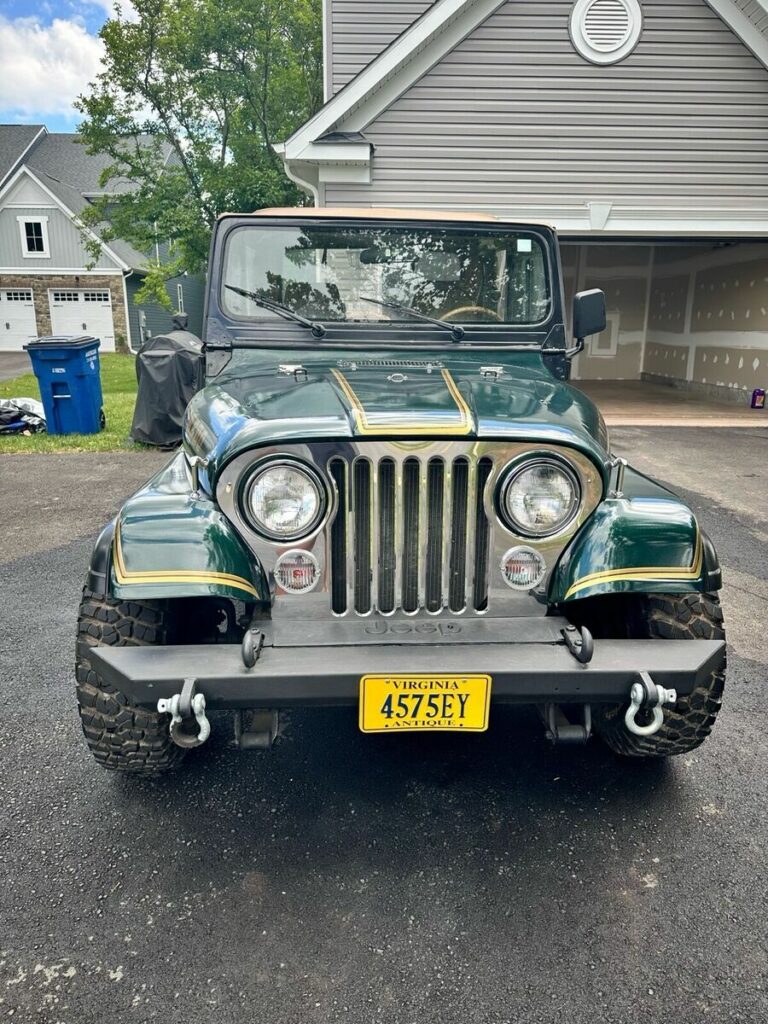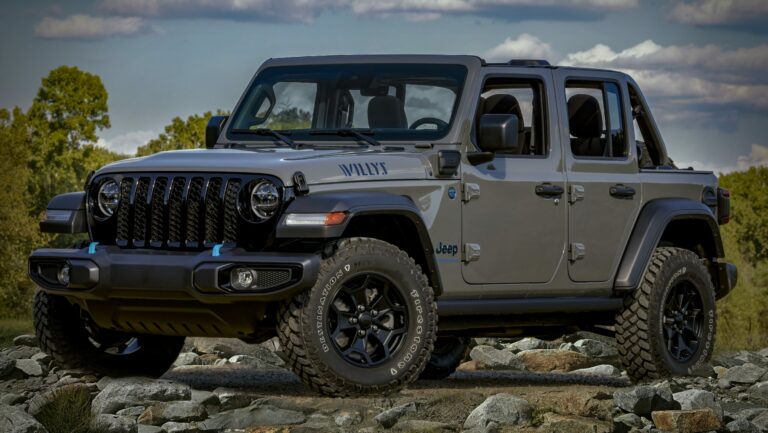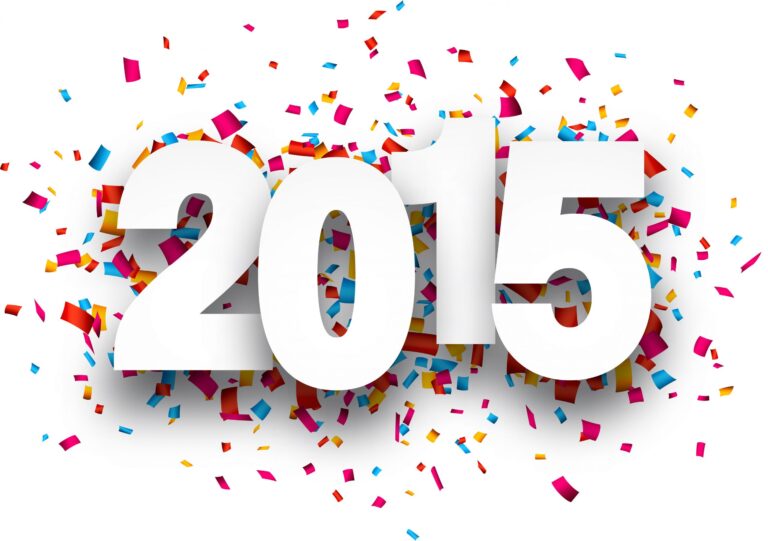Jeep Wrangler 1991 For Sale: Your Guide to Owning a Timeless Off-Road Icon
Jeep Wrangler 1991 For Sale: Your Guide to Owning a Timeless Off-Road Icon jeeps.truckstrend.com
An Engaging Introduction: The Call of the Open Road (and Trail)
In the vast landscape of automotive history, few vehicles evoke the spirit of adventure, freedom, and rugged capability quite like the Jeep Wrangler. And among its storied lineage, the 1991 Jeep Wrangler, part of the iconic YJ generation, holds a unique and enduring appeal. More than just a used car, a "Jeep Wrangler 1991 For Sale" represents an invitation to a lifestyle—a chance to own a piece of American engineering renowned for its simplicity, durability, and unmatched off-road prowess.
Jeep Wrangler 1991 For Sale: Your Guide to Owning a Timeless Off-Road Icon
For enthusiasts and newcomers alike, the 1991 YJ is a bridge between the raw, military-derived Jeeps of old and the more refined, albeit still highly capable, Wranglers of today. Its distinctive square headlights, a controversial but now beloved feature, set it apart, while its robust leaf-spring suspension system offered a blend of comfort (for its time) and legendary articulation. If you’re searching for a vehicle that promises weekend escapes, endless customization possibilities, and a vibrant community of fellow adventurers, delving into the world of the 1991 Jeep Wrangler for sale is your first step towards an unforgettable journey. This comprehensive guide will equip you with the knowledge needed to navigate the market, identify a worthy specimen, and embark on your own Jeep adventure.
Why Choose a 1991 Jeep Wrangler YJ? The Enduring Appeal
The YJ generation (1987-1995) marked a significant evolution for the Wrangler, replacing the CJ series while retaining its core identity. The 1991 model year, in particular, benefits from a few key factors that make it a desirable choice:
- Robust Powertrains: The 1991 YJ primarily offered two engine options: the reliable 2.5-liter AMC inline-four and, more significantly, the legendary 4.0-liter AMC inline-six. The 4.0L is widely regarded as one of the most durable and capable engines ever put into a Jeep, offering ample torque for off-roading and a reputation for lasting hundreds of thousands of miles with proper maintenance.
- Off-Road Heritage: True to its name, the Wrangler YJ was built for the trail. Its solid axles, leaf spring suspension (front and rear), and available Command-Trac (NP231) part-time four-wheel-drive system provide excellent ground clearance and articulation, making it a formidable vehicle in challenging terrain.
- Simplicity and Maintainability: Unlike modern vehicles laden with complex electronics, the 1991 Wrangler is relatively straightforward. This makes it a fantastic platform for DIY mechanics, with parts readily available and a wealth of online resources and community knowledge for repairs and modifications.
- Customization Potential: The YJ is a blank canvas for personalization. From lift kits and larger tires to aftermarket bumpers, winches, and interior upgrades, the possibilities are virtually limitless. This allows owners to tailor their Jeep precisely to their needs, whether for serious rock crawling or simply cruising with the top down.
- Classic Status and Nostalgia: The YJ’s distinctive square headlights, while initially polarizing, have become an iconic symbol of the era. Owning a 1991 YJ connects you to a specific period of Jeep history, offering a nostalgic charm that newer models can’t replicate. It’s a vehicle that turns heads and sparks conversations.

What to Look For When Buying a 1991 Jeep Wrangler (Buyer’s Guide)
Purchasing a vehicle that’s over 30 years old requires a diligent approach. While the 1991 Wrangler is known for its durability, time, elements, and previous owners can take their toll. Here’s a detailed checklist of what to inspect:
-
Rust (The #1 Enemy): This is paramount. YJs are notorious for rust, especially in areas where water and salt accumulate.
- Frame: Inspect the entire frame, particularly near the skid plate, spring hangers, body mounts, and rear crossmember. Look for flaking, holes, or significant patches. Frame rust can be a deal-breaker.
- Body: Check the floor pans (under the carpet), rocker panels (the sills below the doors), wheel wells, fender flares, and the cowl area (below the windshield). Surface rust is common; deep, penetrating rust is a problem.
- Under the Battery Tray: This area is prone to rust due to battery acid leaks.

-
Engine (2.5L I4 or 4.0L I6):
- Leaks: Look for oil, coolant, or power steering fluid leaks. The rear main seal on the 4.0L is a common culprit for oil leaks.
- Noises: Listen for knocking, ticking, or excessive rattling. A healthy 4.0L should run relatively smoothly.
- Smoke: Blue smoke indicates oil burning; white smoke could be coolant.
- Maintenance: Ask about oil change frequency and recent major services (e.g., water pump, alternator, tune-up).
-
Transmission:
- Manual (AX-5 or AX-15): Check clutch engagement, smooth shifting through all gears (including reverse), and any grinding noises. The AX-15 (mated to the 4.0L) is generally more robust than the AX-5 (2.5L).
- Automatic (TF-904 or TF-999): Ensure smooth shifts, no slipping, and proper engagement. Check fluid level and condition (should be red, not dark or burnt-smelling).
-
Transfer Case (NP231 Command-Trac):
- Engage 2H, 4H, and 4L. Ensure it shifts smoothly and locks into each position. Test it in a safe, unpaved area if possible. Listen for grinding or clunking.
-
Suspension and Steering:
- Leaf Springs: Check for sag (especially in the rear), broken leaves, or worn bushings.
- Shocks: Look for leaks or excessive bounce during a test drive.
- Steering Play: With the engine off, turn the steering wheel side to side. Excessive play (more than an inch or two) indicates worn steering components (tie rods, drag link, ball joints, or steering box).
- Tires: Check tread depth and uneven wear (an indicator of alignment or suspension issues).
-
Brakes:
- Test for firm pedal feel, no pulling to one side, and no grinding noises. Inspect brake lines for rust or leaks.
-
Electrical:
- Test all lights (headlights, taillights, turn signals, brake lights), gauges, wipers, horn, and heater/AC (if equipped).
-
Interior:
- Check for rips in seats, cracks in the dashboard, and condition of the carpet or floor liners. Water leaks are common, so look for mildew or rust in the floorboards.
-
Top:
- Soft Top: Inspect for tears, brittle windows, and functioning zippers. Replacing a soft top can be costly.
- Hard Top: Check for cracks, damaged seals, and proper fitment.
-
Documentation:
- Request service records, original owner’s manual (if available), and a clean title. A vehicle history report (CarFax/AutoCheck) is highly recommended.
-
Test Drive:
- Listen for unusual noises, feel for vibrations, test acceleration and braking, and check how it handles at various speeds. Pay attention to how it shifts, both the transmission and the transfer case.
Common Modifications and Upgrades for the 1991 Wrangler YJ
One of the greatest joys of owning a YJ is the endless potential for customization. Here are some popular modifications:
- Lift Kits: Ranging from mild 1.5-inch shackle lifts to aggressive 6-inch suspension lifts, these increase ground clearance and allow for larger tires.
- Tires and Wheels: Upgrading to larger, more aggressive tires (e.g., 31-inch, 33-inch, or even 35-inch) significantly improves off-road capability and changes the vehicle’s stance.
- Aftermarket Bumpers and Winches: Steel bumpers offer increased protection and serve as mounting points for winches, essential recovery gear for off-roading.
- Lighting: LED headlight conversions, light bars, and auxiliary lights improve visibility on and off the road.
- Engine Performance: Simple upgrades like cold air intakes, performance exhausts, and throttle body spacers can offer modest power gains. For the 4.0L, injector upgrades are also popular.
- Interior Comfort and Tech: Upgraded seats, improved sound systems, and modern connectivity (Bluetooth head units) can make the YJ a more comfortable daily driver.
- Axle Upgrades: For serious off-roaders, upgrading to stronger axles (e.g., Dana 44s or Dana 60s) with lockers provides superior durability and traction.
The Ownership Experience: Living with a Classic YJ
Owning a 1991 Jeep Wrangler is an experience unlike modern SUVs. It’s a vehicle that demands a bit more attention but rewards you with unparalleled character and capability.
- Maintenance: YJs are relatively simple to work on, and parts are widely available and often inexpensive. Regular fluid changes, greasing components, and addressing minor issues promptly will keep it running strong.
- Fuel Economy: Don’t expect hybrid-like MPG. The 4.0L engine, while robust, is thirsty, typically delivering 13-17 MPG, depending on gearing, tire size, and driving style. The 2.5L is only marginally better.
- Ride Quality: It’s a leaf-sprung vehicle, so the ride can be firm and bouncy, especially over rough pavement. It’s not a luxury sedan, but its ruggedness is part of its charm.
- Community: The Jeep community is incredibly supportive. You’ll find countless online forums, local clubs, and events dedicated to YJs, offering a wealth of knowledge, advice, and camaraderie.
- Versatility: A 1991 YJ can serve many roles: a fun weekend cruiser, a dedicated off-road rig, or even a unique daily driver for those who embrace its quirks.
- Insurance and Registration: As an older vehicle, insurance costs might be lower, but it’s wise to get quotes. Some states have specific rules for classic or antique vehicle registration.
Price Table: 1991 Jeep Wrangler For Sale (Estimated Ranges)
Prices for a 1991 Jeep Wrangler vary significantly based on condition, mileage, engine, transmission, modifications, and geographic location. This table provides a general estimate:
| Condition Category | Estimated Price Range (USD) | Key Characteristics & Notes |
|---|---|---|
| Poor / Parts Car | $1,500 – $4,000 | Significant rust (frame, body), major mechanical issues, non-running, missing components. Suitable for restoration projects or parts donation. |
| Fair / Driver | $4,000 – $8,000 | Visible rust (surface, minor body), needs mechanical work (e.g., engine leaks, suspension refresh), worn interior. Driveable but requires investment. |
| Good / Well-Maintained | $8,000 – $15,000 | Minimal to no significant rust, runs well, minor cosmetic flaws, may have tasteful modifications, well-documented maintenance. Ready for light trails or daily driving. |
| Excellent / Restored | $15,000 – $25,000+ | Near-perfect condition, little to no rust, fully functional, recent restoration or very low mileage original, often with desirable upgrades. Collector-grade. |
Disclaimer: These prices are estimates only and can fluctuate widely. Always factor in potential repair/restoration costs, and remember that a thorough pre-purchase inspection is crucial regardless of the listed price. The 4.0L engine typically commands a higher price than the 2.5L.
Frequently Asked Questions (FAQ) about the 1991 Jeep Wrangler
Q1: Are 1991 Jeep Wranglers reliable?
A1: Yes, especially those equipped with the 4.0L inline-six engine, which is renowned for its durability. Like any older vehicle, reliability depends heavily on previous maintenance and current condition. With proper care, they can be very dependable.
Q2: What’s the main difference between the 2.5L and 4.0L engines?
A2: The 4.0L inline-six offers significantly more horsepower (190 hp vs. 123 hp) and torque, making it a much more capable engine for highway driving and serious off-roading. The 2.5L inline-four is adequate for light duty and has slightly better fuel economy, but it can feel underpowered.
Q3: Are parts hard to find for a 1991 YJ?
A3: No, parts availability is excellent. Due to the YJ’s popularity and the commonality of many components across various Jeep models, you can easily find almost any part, new or used, from major auto parts stores, online retailers, and dedicated Jeep aftermarket suppliers.
Q4: Can a 1991 Wrangler be a daily driver?
A4: It certainly can, but it’s not for everyone. Expect a rougher ride, higher fuel consumption, more wind noise (especially with a soft top), and fewer modern conveniences compared to newer vehicles. However, for many, its unique character and open-air experience outweigh these factors.
Q5: How bad is the rust situation on YJs?
A5: Rust is the most significant concern. The frames and body panels are highly susceptible to corrosion, especially in areas exposed to road salt or high humidity. A thorough inspection for rust is absolutely critical before purchase.
Q6: What’s the typical mileage for a 1991 YJ for sale?
A6: Given their age, it’s common to see 1991 YJs with mileages ranging from 150,000 to 250,000 miles. Don’t be immediately deterred by high mileage if the vehicle has been well-maintained; the 4.0L engine, in particular, is known to last much longer.
Q7: How much does insurance cost for a 1991 Jeep Wrangler?
A7: Insurance costs vary widely based on your location, driving record, coverage type, and the specific insurance provider. As an older vehicle, comprehensive and collision coverage might be lower than for a new car. Some owners opt for classic car insurance if the vehicle meets specific criteria and is not a primary daily driver.
Concluding Summary: More Than a Vehicle, It’s an Adventure
The quest for a "Jeep Wrangler 1991 For Sale" is more than just a transaction; it’s an embarkation on a journey into the heart of authentic off-roading culture. This iconic YJ model offers a blend of rugged capability, straightforward mechanics, and undeniable character that modern vehicles often lack. While the search requires diligence, particularly in inspecting for rust and mechanical soundness, the rewards of owning and customizing this classic Jeep are immense.
A well-maintained 1991 Wrangler isn’t just a mode of transport; it’s a statement, a hobby, and a gateway to countless adventures. It offers the freedom of open-air driving, the thrill of conquering challenging trails, and the camaraderie of a passionate global community. By understanding what to look for, anticipating potential challenges, and embracing the unique ownership experience, you can find the perfect 1991 Jeep Wrangler that will deliver years of unforgettable memories and perhaps, spark a lifelong love affair with the legendary "go anywhere, do anything" spirit of Jeep.




